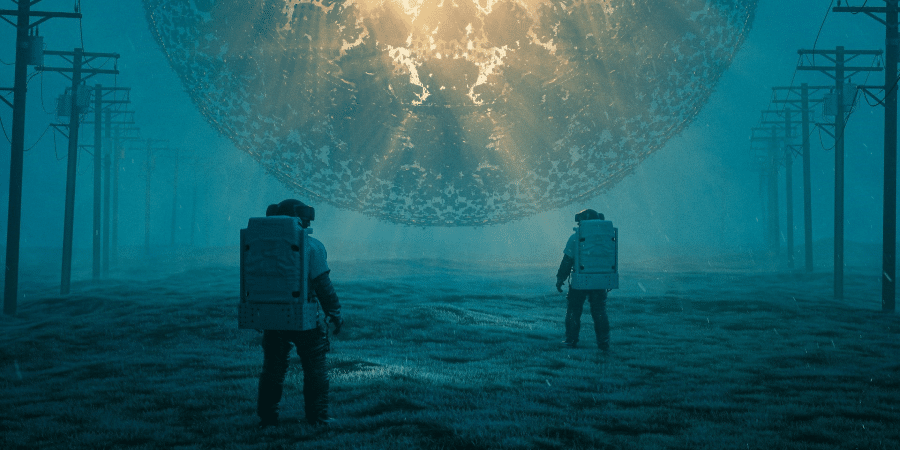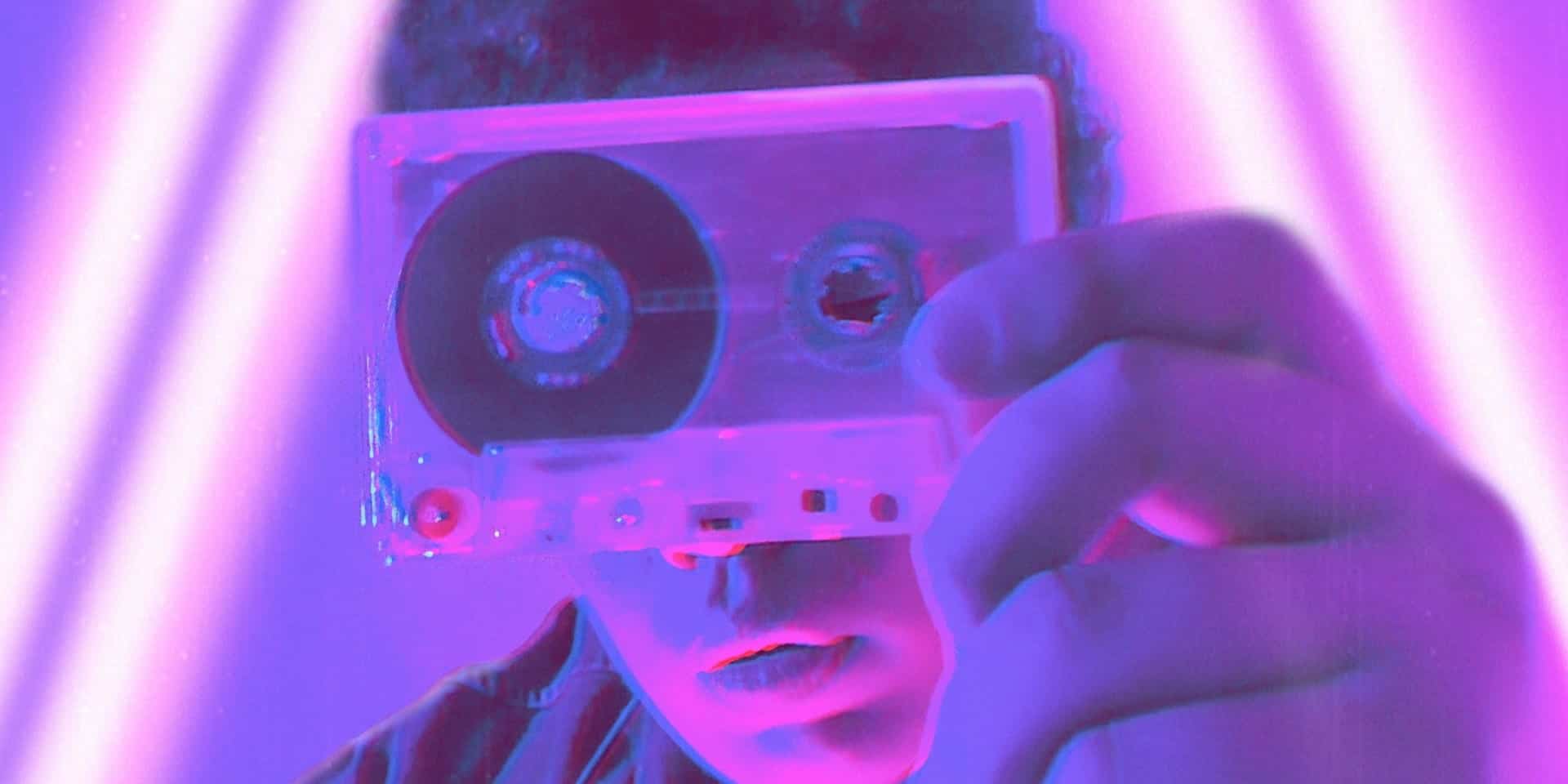Animated films have come a long way since their humble beginnings, evolving from simple hand-drawn animations to sophisticated computer-generated imagery (CGI) that dazzles audiences around the world. In this article, we’ll take a journey through the history of animated films, exploring the innovations, technologies, and storytelling techniques that have shaped this beloved genre over the years.
1. The Early Days of Animation
The history of animated films dates back to the late 19th century, with the invention of devices like the zoetrope and the flip book that created the illusion of motion through a series of sequential images. The first animated short films, such as J. Stuart Blackton’s “Humorous Phases of Funny Faces” (1906) and Winsor McCay’s “Gertie the Dinosaur” (1914), relied on traditional hand-drawn animation techniques to bring characters and stories to life.
2. The Golden Age of Animation
The 1930s and 1940s are often referred to as the golden age of animation, marked by the emergence of iconic studios like Walt Disney Animation Studios and Warner Bros. Animation. During this period, classic animated films such as Disney’s “Snow White and the Seven Dwarfs” (1937) and Warner Bros.’ “Looney Tunes” shorts entertained audiences with their vibrant characters, catchy music, and groundbreaking animation techniques.
3. The Rise of Technological Innovation
In the latter half of the 20th century, advancements in technology revolutionized the animation industry, paving the way for new techniques and styles. The introduction of cel animation, which allowed animators to separate characters and backgrounds on transparent sheets, streamlined the animation process and enabled greater flexibility and efficiency in production.
4. The Advent of Computer Animation
The 1990s saw the rise of computer animation, with groundbreaking films like Pixar’s “Toy Story” (1995) heralding a new era in animated filmmaking. Unlike traditional hand-drawn animation, which required painstaking frame-by-frame drawing, computer animation allowed filmmakers to create lifelike characters and environments using sophisticated software and rendering techniques.
5. The Digital Revolution
With the advent of digital technology, animated films underwent a seismic shift in the early 21st century, as filmmakers embraced CGI and digital tools to push the boundaries of visual storytelling. Films like DreamWorks Animation’s “Shrek” (2001) and Disney’s “Frozen” (2013) showcased the power of CGI to create immersive worlds, complex characters, and breathtaking visual effects that captivated audiences of all ages.
6. The Blending of Traditional and Digital Techniques
While CGI has become increasingly prevalent in animated films, many filmmakers continue to blend traditional and digital animation techniques to achieve unique visual styles and aesthetics. Films like Studio Ghibli’s “Spirited Away” (2001) and Cartoon Saloon’s “The Secret of Kells” (2009) demonstrate the enduring appeal of hand-drawn animation and the artistry that can be achieved through traditional methods.
7. The Diversity of Animation Styles and Genres
Today, animated films encompass a diverse range of styles, genres, and storytelling techniques, appealing to audiences of all ages and tastes. From family-friendly comedies and action-packed adventures to thought-provoking dramas and avant-garde experiments, animated films continue to push the boundaries of creativity and innovation, captivating viewers with their imaginative worlds and compelling characters.
8. The Globalization of Animation
As technology has advanced and communication barriers have diminished, animated films have become increasingly global in scope, with studios and filmmakers from around the world contributing to the rich tapestry of animation. From Japanese anime and French animation to Indian animation and beyond, animated films reflect the cultural diversity and creative ingenuity of artists and storytellers from diverse backgrounds.
Animated Films Will Only Improve
The evolution of animated films has been a remarkable journey marked by innovation, creativity, and technological advancement. From the hand-drawn classics of the early 20th century to the cutting-edge CGI blockbusters of today, animated films continue to captivate audiences with their imaginative storytelling, stunning visuals, and universal appeal. As we look to the future, one thing is clear: the art of animation will continue to evolve and thrive, inspiring generations of filmmakers and audiences alike with its boundless possibilities and limitless imagination. So sit back, grab some popcorn, and enjoy the magic of animated films, past, present, and future.







